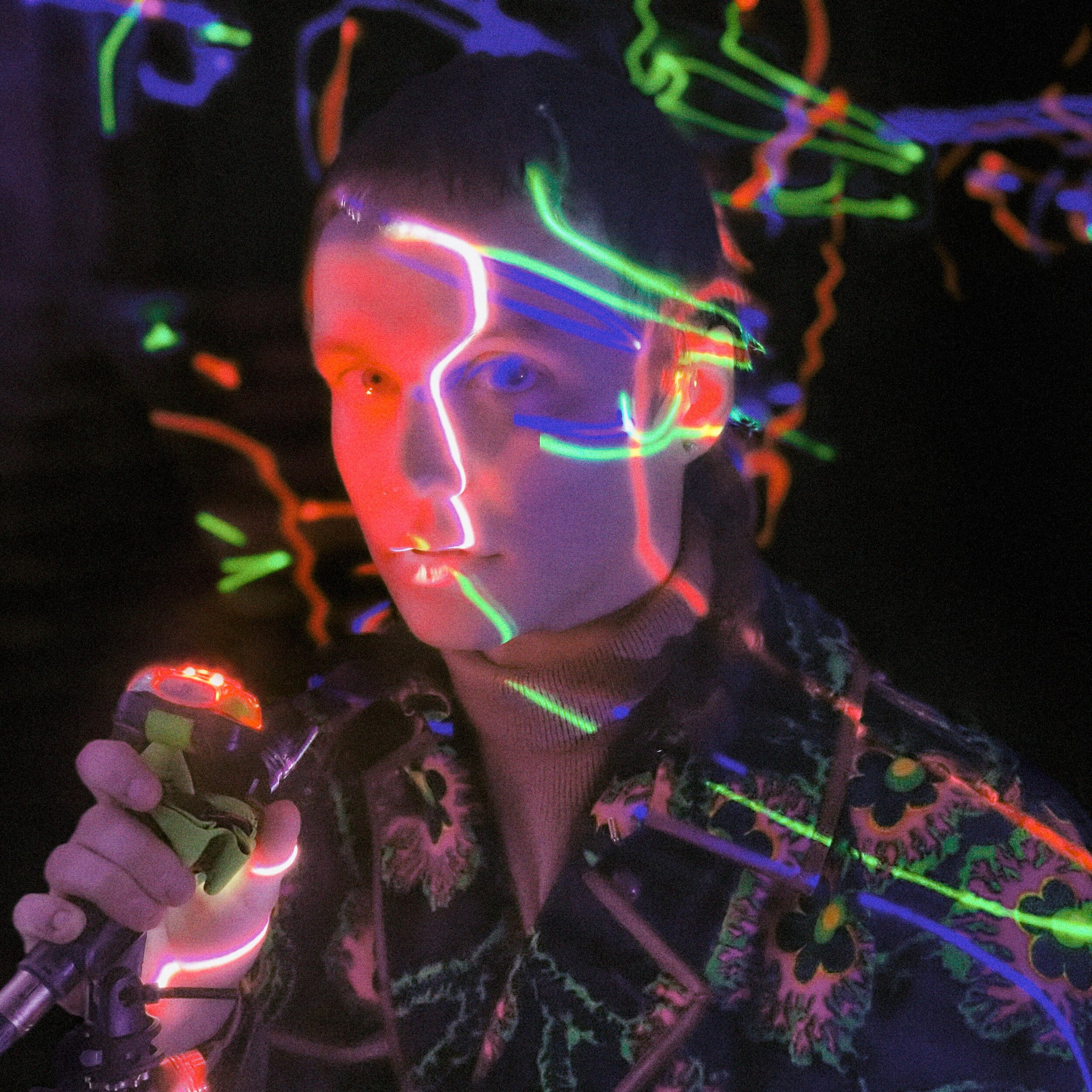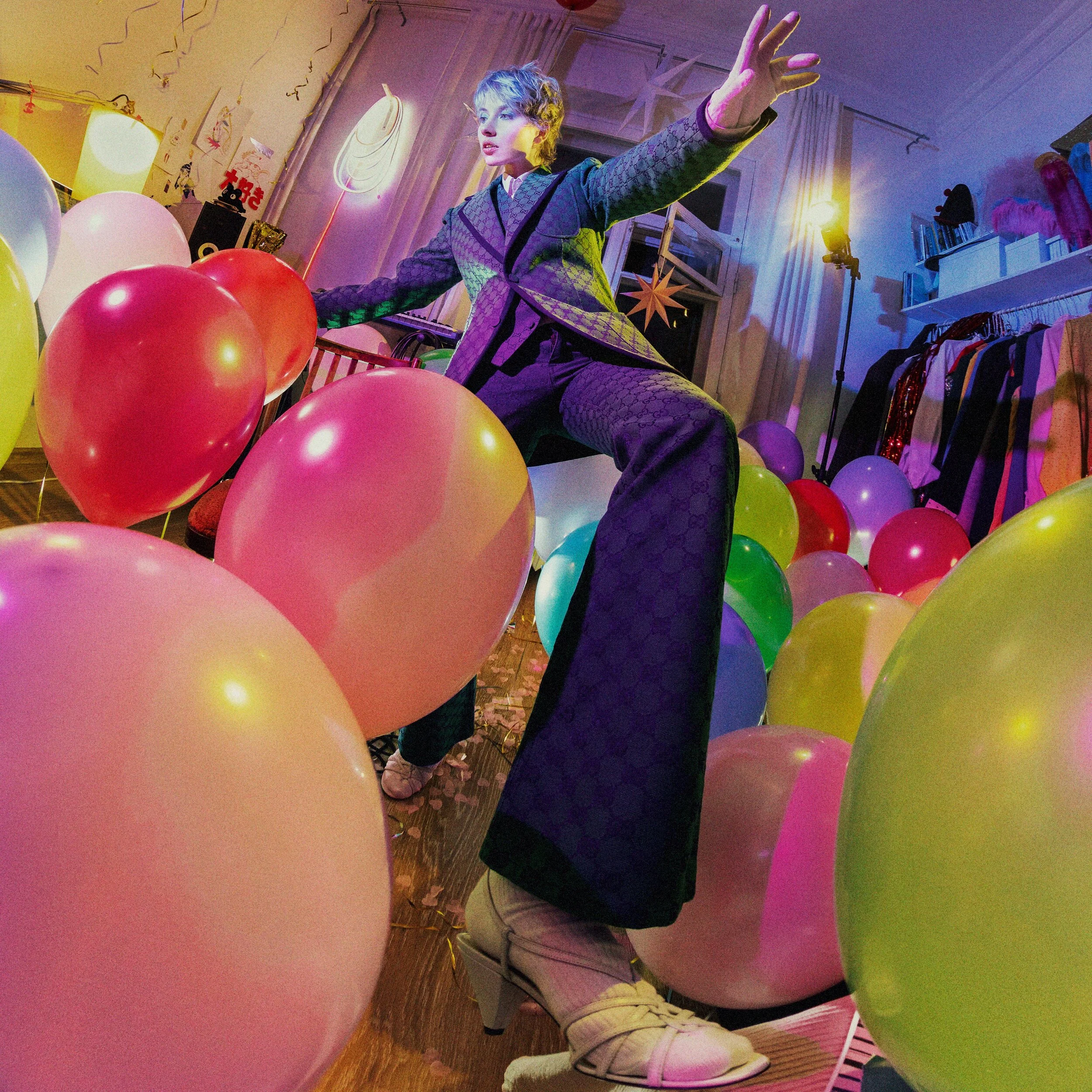Eve Lam.
Eve Lam is a Hong Kong-born jewellery artist who works with domestic and industrial waste, as well as mass-produced products. She sees them as an essential part of consumerism, reflecting certain ideals and ethics of a generation. At its core, the Central Saint Martins alumna’s work focuses on transforming found objects into jewellery, giving them new life. Her work challenges the perceptions of waste, transformation, beauty, and appropriation, and subsequently redefines them.
During our discussion with Eve, we discovered her most treasured item of jewellery, what sparked her love for her craft, and the story behind her recently launched carrot rings.
Perfect: What is the most treasured item of jewellery you own and why does it mean so much to you?
Eve Lam: It would have to be a Playboy Bunny ring handed down from my grandmother. She passed away before I was born, so I didn’t actually know her that well. My mum gave it to me and said, ‘You may lose anything but this ring.’ I have kept it close ever since, despite a few heart-wrenching moments.
Perfect: What is your favourite item of jewellery from a motion picture?
EL: It would have to be Moana’s neckless from the namesake Disney film. I like it for the sentimental story behind the necklace: it was passed down to Moana by her grandmother on her deathbed, with the necklace holding the heart of Te Fiti — the goddess of nature. During Moana’s journey out in the ocean, her grandmother’s and Te Fiti’s spirits protected and guided her through the mission to save both her island and the people. This relationship surpasses time and shows the empowering value jewellery contains.
Perfect: If you could make a piece of jewellery for anyone in the world, who would it be for and where would they wear it?
EL: Erykah Badu — her music has inspired me and carried me through many of life’s moments. I would like to make her a piece of jewellery that she could wear daily, regardless of the occasion; something that would feel comfortable and personal to her instead of making it for a particular event.
Perfect: What sparked your love for jewellery?
EL: Historically, I find the birth of jewellery fascinating. I see jewellery as one of the first symbols of human civilisation; we moved from the world of necessities to developing personal interests and deeper meanings. Jewellery is an object that encaptures the story of its cultural epochs alongside the distinctive and delicate production processes; it’s an accessory that empowers us to represent and express our identities. Putting on a new piece of jewellery may be equated to signing a contract that binds you with the object — the longer you wear a piece of jewellery, the more power and sentimental value it holds.
There is an old Chinese saying, ’⼈養玉三年,⽟養人一生’ that translates to there being an exchange between jade stone and its owner: for a few years, the stone draws energy from its owner which is subsequently returned in form of blessings, forming a harmonious bond between the two. I love this embracing relationship jewellery holds as it transforms into so much more than just an object; it may also contain sentiments, notions of love and empowerment, and meaning.
Perfect: You recently launched the carrot rings in 9-, 14-, and 18-karat gold. Tell me what inspired you to create these rings? What’s the story behind them?
EL: The words carrot and karat both sound the same but the obvious difference between them is their market value; we all know how much a carrot and karat costs. In this modern world of commerce, we judge the worthiness of an object according to its commercial value. This collection of rings uses homophones to address the aforesaid issue of material value. It aims to change people’s perception of objects and ways of seeing such objects by creating a new narrative. In a non-human world, objects will simply be objects, stripped away from prejudices.













